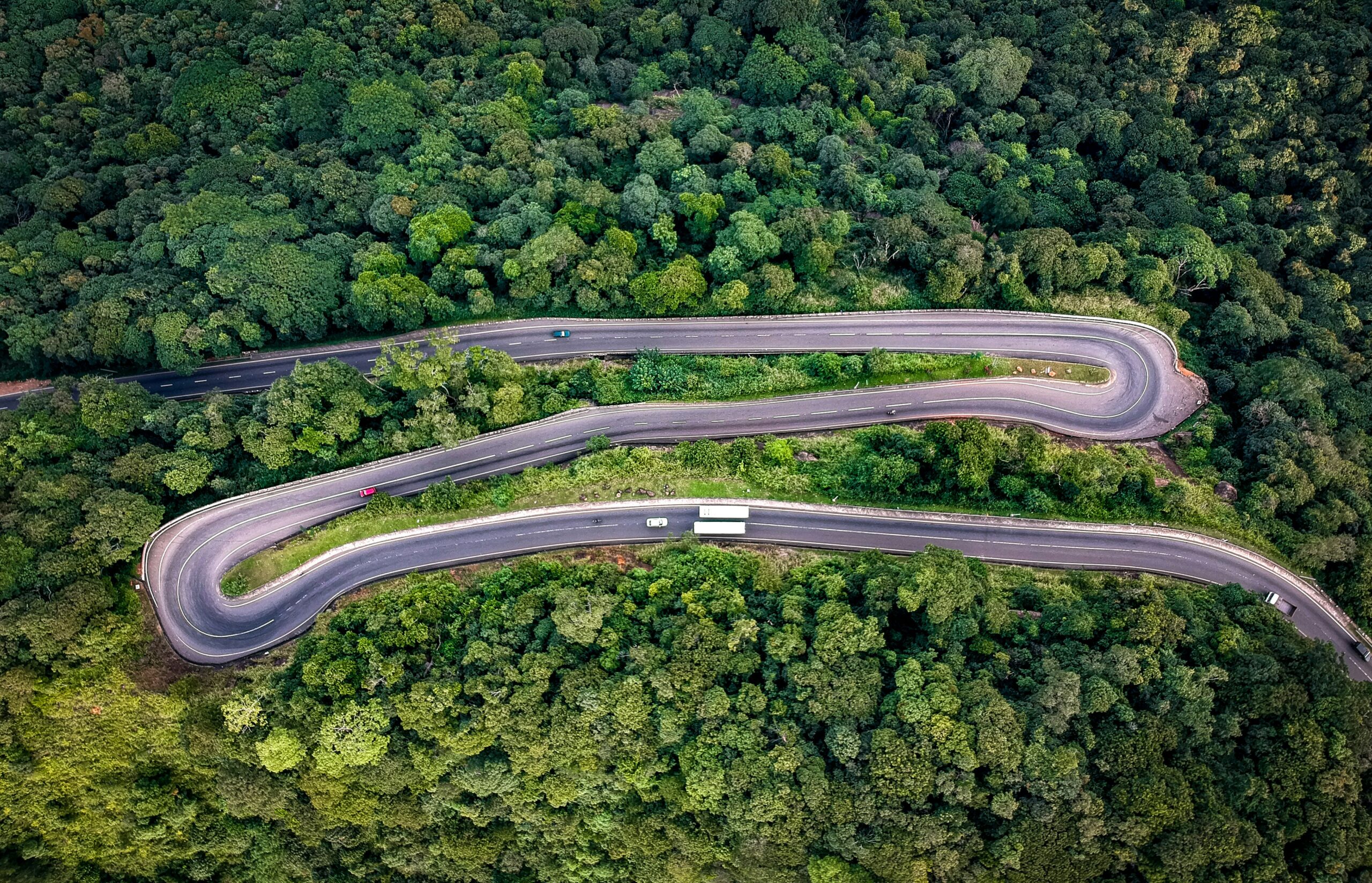
As cities grow, nature often pays the price. Expanding highways, housing, and industrial zones fragment habitats and push wildlife to the margins. But forward-thinking urban design can change that. Urban planning for wildlife corridors offers a powerful solution to support biodiversity, reduce human-wildlife conflict, and maintain the ecological balance within developed landscapes.
This approach doesn’t just help animals—it also improves the quality of life for city residents. From increased green spaces to cleaner air, integrating wildlife needs into city layouts benefits everyone. With climate change and habitat loss threatening global ecosystems, the importance of smart, inclusive planning has never been clearer.
What Are Wildlife Corridors?
Wildlife corridors are safe passages that allow animals to move between habitats. These can be natural elements like riverbanks and forests, or man-made solutions like green bridges, underpasses, and urban greenways. They allow species to migrate, feed, mate, and adapt to environmental changes without becoming isolated.
In cities, these corridors may link parks, tree-lined streets, rooftop gardens, or preserved wetlands. The goal is to reduce habitat fragmentation—a major threat to biodiversity—by weaving nature into the urban fabric.
Why Urban Planning Must Adapt
Traditional city planning often prioritizes human convenience and economic development. Unfortunately, this leaves little room for wildlife. Highways cut across forests. Fences, walls, and infrastructure block natural migration paths. Over time, these barriers isolate animal populations and make them vulnerable to extinction.
Urban planning for wildlife corridors shifts this narrative. Instead of treating nature as an obstacle, it becomes a core element of design. Planners, architects, and ecologists now work together to create spaces where people and animals can coexist.
Key Benefits of Wildlife Corridors in Urban Areas
Boosting Biodiversity
Connected habitats help maintain species diversity. When animals can move freely, they avoid inbreeding and have better access to food and mates. Healthy ecosystems also support pollinators like bees and birds, which are essential for urban agriculture and green spaces.
Climate Resilience
Wildlife corridors support cooler urban environments. Trees and vegetation provide shade, reduce heat islands, and help manage stormwater. These green zones act as buffers during extreme weather events, making cities more adaptable to climate change.
Reduced Human-Wildlife Conflict
When animals have designated routes, they’re less likely to enter residential areas in search of food or shelter. Corridors help prevent accidents, property damage, and negative interactions that can endanger both people and wildlife.
Mental and Physical Health Benefits
Green spaces support well-being. Access to nature improves mental health, encourages physical activity, and enhances social interaction. Studies show that people living near biodiverse areas report higher satisfaction and lower stress.
Strategies for Incorporating Corridors into City Design
Mapping Ecological Hotspots
Before construction begins, planners should identify key wildlife zones and potential routes. Geographic information systems (GIS) and biodiversity assessments guide decisions about where to place corridors or modify existing infrastructure.
Linking Existing Green Spaces
Cities often have scattered green areas—parks, gardens, wetlands—that can be connected. Planners can bridge these gaps with tree-lined streets, vegetated rooftops, or even vertical gardens on buildings.
Designing Multi-Use Infrastructure
Green bridges over highways, wildlife tunnels beneath roads, and culverts in drainage systems can double as transit ways for animals. These structures must accommodate the needs of local species based on their size, behavior, and habitat preference.
Enforcing Zoning Regulations
Zoning laws can protect crucial habitats from encroachment. Municipal codes may require developers to include green buffers, restrict construction near wetlands, or set aside portions of land for conservation.
Community Involvement
Urban biodiversity thrives when communities engage. Education campaigns, citizen science, and neighborhood greening projects allow residents to become stewards of local ecosystems. Involving people builds long-term support for wildlife-friendly planning.
Successful Case Studies Around the Globe
Singapore’s Park Connector Network
Singapore transformed its dense urban setting by linking parks and water bodies through a network of green trails. These corridors support native wildlife like monitor lizards, civets, and otters while providing residents with scenic walking and biking routes.
Los Angeles’ Wildlife Crossing Over Highway 101
Set to be the world’s largest wildlife bridge, this project aims to connect the Santa Monica Mountains with other key habitats. Designed with native vegetation, it allows mountain lions, deer, and smaller species to cross safely over a major highway.
The Netherlands’ Ecological Infrastructure
The Dutch lead globally in wildlife-friendly infrastructure. With over 600 corridors—including eco-ducts, underpasses, and green railway bridges—they have significantly reduced habitat fragmentation across urban and rural landscapes.
Challenges and How to Overcome Them
Integrating urban planning for wildlife corridors is not without obstacles. Land use conflicts, high costs, and public skepticism can slow progress. However, these challenges are not insurmountable:
Funding Models: Governments can use a mix of public funds, private investment, and green bonds to finance corridor projects.
Legislative Support: Laws that mandate environmental impact assessments or require biodiversity considerations in planning can institutionalize the practice.
Education and Outreach: Highlighting the long-term social, ecological, and economic benefits of corridors can shift public perception and political will.
Scalable Solutions: Cities can start small—planting native trees, redesigning traffic medians as mini-habitats, or installing wildlife-friendly fencing—and scale up based on results.
The Future of Urban Living
The concept of cities as human-only zones is outdated. As urban populations grow, our relationship with nature must evolve. Urban planning for wildlife corridors represents a bold yet necessary shift in how we design spaces.
Smart cities of the future will not only be connected by fiber-optic cables and electric roads—they’ll also be connected by green pathways, flowing streams, and the quiet footsteps of returning wildlife. With intentional design, we can build cities that support both technological progress and the natural world.
Urban planning for wildlife corridors is more than a trend—it’s a responsibility. It speaks to a broader vision of sustainable development where people and nature coexist in harmony. Whether it’s through policy, design, or grassroots action, every step toward integrating wildlife into urban spaces builds a more resilient, vibrant, and livable city.